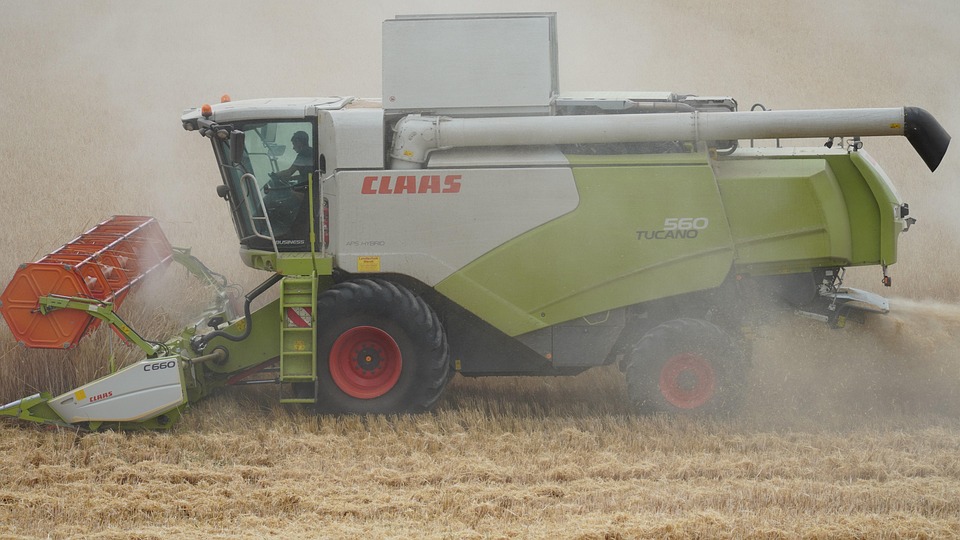[ad_1]
Yield farming has become one of the most popular trends in the cryptocurrency world, attracting investors and experts alike. This process allows you to earn passive income by utilizing your crypto assets to generate yields through various decentralized finance (DeFi) protocols. In this article, we’ll explore what yield farming is, how it works, and how beginners can get started.
What is Yield Farming?
Yield farming refers to the practice of lending or staking your cryptocurrency assets in exchange for interest or rewards. Users provide liquidity to decentralized applications (dApps) and are compensated with transaction fees or tokens. This process is akin to traditional farming, where seeds are planted and yields are harvested, hence the term “yield farming.”
How Does Yield Farming Work?
The mechanics of yield farming involve several key concepts:
- Liquidity Pools: These are smart contracts that hold funds for lending or trading. Users contribute assets to these pools, which are then utilized by others.
- Liquidity Providers (LPs): Individuals who deposit assets into liquidity pools receive tokens representing their share in the pool. These tokens can be used in other DeFi protocols.
- APY vs. APR: Annual Percentage Yield (APY) accounts for compound interest, while Annual Percentage Rate (APR) does not. Yield farmers often look for high APY rates.
- Impermanent Loss: This refers to the temporary loss of funds that can occur when providing liquidity due to price volatility. Understanding this concept is crucial before diving in.
Getting Started with Yield Farming
Yield farming can seem daunting at first, but beginners can break it down into manageable steps:
1. Choose Your Assets
Decide which cryptocurrencies you want to farm. Popular options include Ethereum (ETH), DAI, USDC, and others. It’s advisable to start with stablecoins to minimize risk while you learn.
2. Select a DeFi Platform
Choose a decentralized finance platform that offers yield farming options. Some of the most well-known platforms include:
- Uniswap
- Aave
- Compound
- Yearn Finance
3. Fund Your Wallet
Before you can begin, ensure you have a cryptocurrency wallet set up, such as MetaMask or Coinbase Wallet. Purchase your chosen assets and transfer them to your wallet.
4. Provide Liquidity
Navigate to the liquidity pool section of the platform you’ve selected. Follow the instructions to deposit your assets into the chosen pool.
5. Monitor Your Investment
Regularly check the performance of your yield farming investment. Many platforms offer dashboards to track your earnings and manage your assets.
6. Withdraw Earnings
Once you’ve accrued rewards, you can choose to withdraw your earnings or reinvest them to compound your returns.
Risks Involved in Yield Farming
While yield farming can be lucrative, it is not without risks:
- Smart Contract Risk: Bugs or vulnerabilities in the smart contracts can lead to the loss of funds.
- Market Volatility: Cryptocurrencies are highly volatile, and the value of your assets can decrease significantly.
- Impermanent Loss: As mentioned earlier, providing liquidity can lead to temporary losses due to price changes.
Conclusion
Yield farming presents an exciting opportunity for cryptocurrency enthusiasts to earn passive income. While it involves certain risks, taking the time to understand the fundamentals can pay off significantly. By choosing the right assets and platforms, and continuously monitoring your investments, you can unlock the potential of yield farming in your crypto journey.
FAQs
1. What is the difference between yield farming and staking?
Yield farming involves providing liquidity to decentralized exchanges, while staking typically refers to locking your assets in a blockchain to support network operations (like validating transactions) in exchange for rewards.
2. How much can I earn through yield farming?
Earnings vary widely based on the platform and the assets being used. Some yield farming protocols may offer APYs ranging from a few percent to several hundred percent.
3. Is yield farming safe?
Yield farming comes with risks, including smart contract vulnerabilities and market volatility. Investors should conduct thorough research and only invest what they can afford to lose.
4. How do I calculate my returns?
Returns can be calculated by taking into account the APY of the liquidity pool and the amount you’ve invested. Many DeFi platforms provide tools to help you estimate potential returns.
[ad_2]
